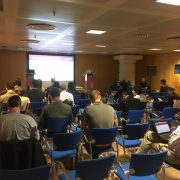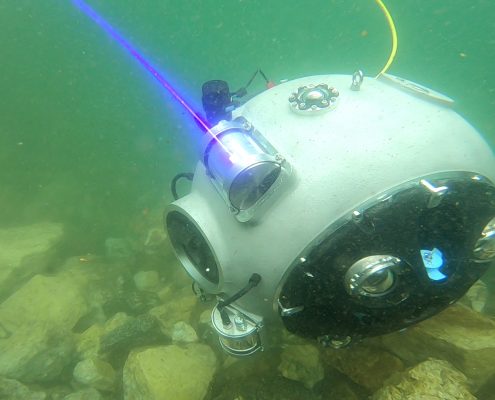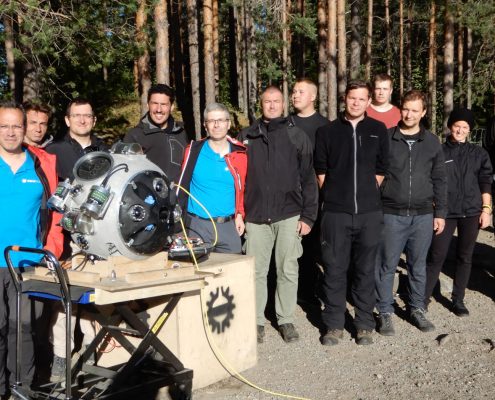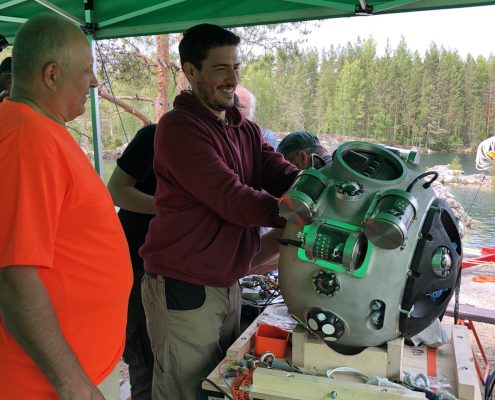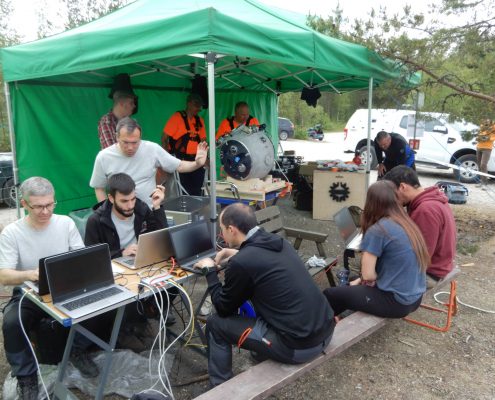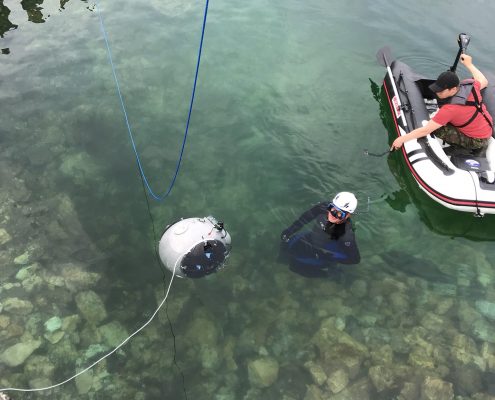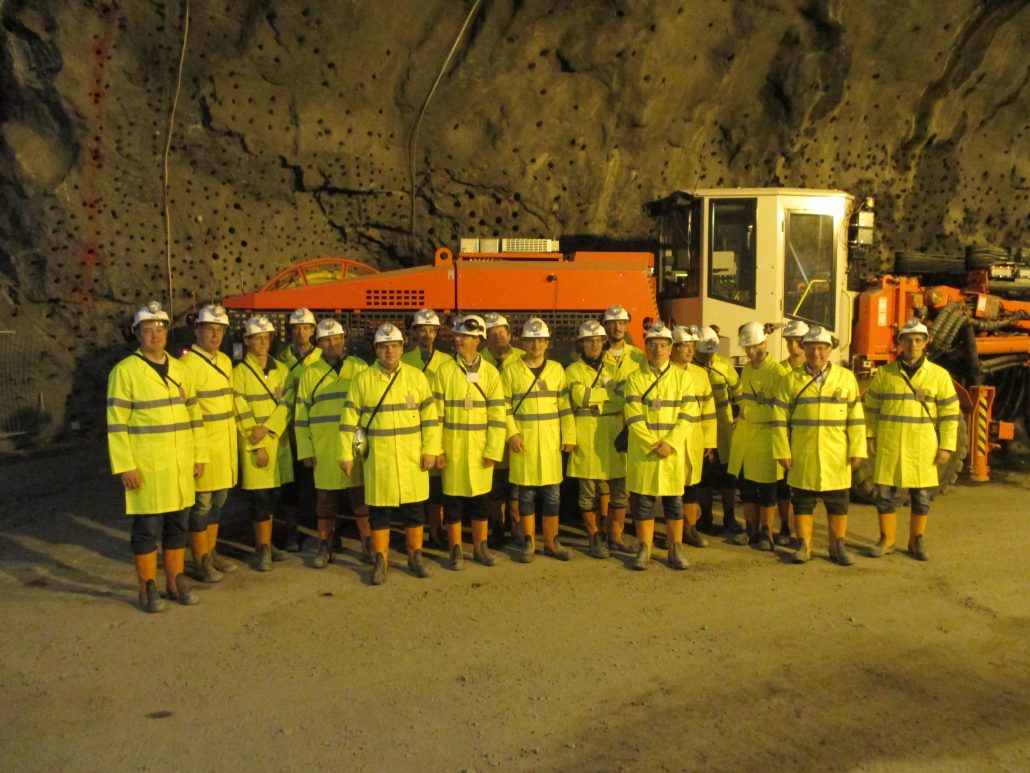UNEXMIN present in the IROS 2018 robotics conference
IROS 2018, the International Conference on Intelligent Robots and Systems – one of the major robotics conferences in the world -, is happening this week in Madrid, Spain. The UNEXMIN project was part of it with some presentations and talks about the project.

From the UNEXMIN project, robotics developer teams (UPM, INESC TEC and TUT) were present in the IROS 2018 conference to showcase their work on the UNEXMIN project, specifically in the development of the UX-1 robot. Focus was on the autonomy, control and movement aspects of the technology.
These UNEXMIN-related presentations, talks and discussions were part of a special session entitled “Raw Materials, Tough Robots”, that aimed at bringing together discussions on the use and development of robotics designed for raw materials exploration and extraction.
List of presentations related to the UNEXMIN project:
- Mechanical Subsystems Integration and Structural Analysis for the Autonomous Underwater Explorer
- UX 1 System Design – a Robotic System for Underwater Mining Exploration
- Design, Modeling and Control of a Spherical Autonomous Underwater Vehicle for Mine Exploration
The UNEXMIN project is currently developing a multi-platform robotic system, after having produced and tested the capabilities of the first UX-1 robot in two flooded mine sites in Europe.

